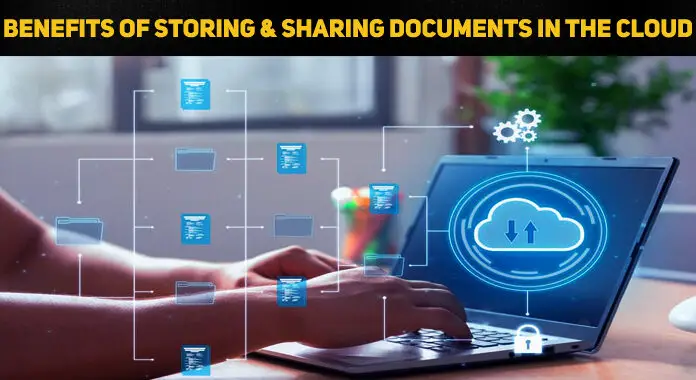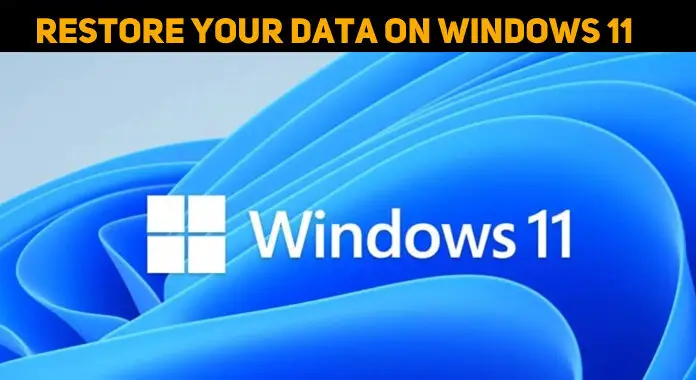Archive
Overview on Internet Protocols and How it Works
The (IP) Internet Protocol is a protocol or method wherein data is sent and received from one computer going to another over the Internet. Each host or computer on the Internet have one IP address at the minimum that is unique, it identifies it from the other hosts or computers over the Internet. When you receive or send data, like e-mail notes or Web pages, the message splits into smaller parts called packets. These packets contain the sender's address and also the receiver's Internet address. Packets sent will go first to the... Read moreTips & best practices Exchange 2010
Exchange 2010 has come up as a leader in the world of Exchange server. It is known for its flexibility of integration, ease of use, cost of ownership, and management. It offers various other benefits as well. Given below are 100 tips for exchange 2010 that cover almost every aspect:

1. One must try and perform the pre migration assessment for which one must understand the requirements and must be realistic.
2. A different mechanism needs to be used for migration of user objects from eDirectory.
3....
Read moreTips & best practices Exchange 2003
Exchange 2003 is the current version of Microsoft Exchange Server and it is quite compatible with Windows 2003 and Windows 2000 Server though some of these features work only with Windows 2003. Given below are certain tips for exchange 2003:

1. Documentation: It is one of the most important tip as the person themselves would be in the best position to cover all the possible scenarios regarding the complex infrastructure as compared to any other person including the technical staffing.
2. Remove the obsolete Exchange 2000 tuning parameters: This is...
Read moreTips & Best Practices Exchange 2007
There are quite fewer tips for improving the overall performance of the system in terms of the Exchange server 2007. This is the last version of the Exchange server and it surpasses all the predecessors as it is capable of taking advantage of X 64 architecture very easily.

Yes we have Exchange 2010 in now we shall talk about it later.
Given is a list of some of the most important tips for Exchange Server 2007:
1. Documentation keeping track of technologies being used in the Exchange Server environment helps increase...
Read more5 best free File cleaner/disk cleaner tools
There are many factors that slow down computer. Files and registry entries are constantly been written and deleted. The problem however is that these actions often leave footprints in their trail which end-up slowing down the system.
Active Directory Backup & Restore
Active Directory (AD) is a network service developed by Microsoft. AD is used as a distributed database that contains all the information regarding a company and its employees. It is also used as a network administration tool that allows network administrators to manage resources (like printers) and users on the network (computer accounts and groups), assign group policies, organize software across the network and apply updates to all the network computers from the server.Active Directory (AD)
Rather than being well prepared, it really can be pretty perplexing and bewildering to work with the Microsoft Active Directory (AD). However, any administrator can discover the best ways to make AD function well for them, provided if they have proper guidance.Active Directory Developed in (2000, 2003, and 2008)
Originally created in 1999 and primarily used for online information, an active directory is a structured directory used by Microsoft Windows. In essence, an active directory used on Microsoft Windows is the basis of the computer and servers to store data and information about networks and domain. Usually an active directory makes a variety of functions, such as: the capability to offer information regarding objects, facilitating their organization for an easier access, providing the access for the end users and administrators, also allowing the administrator to set up the... Read more
Usually an active directory makes a variety of functions, such as: the capability to offer information regarding objects, facilitating their organization for an easier access, providing the access for the end users and administrators, also allowing the administrator to set up the... Read more
10 System Admin Must Have Tools
1. 1st File Hider Software As a powerful tool, the 1st File Hider Software has been designed for protecting the personal files as well as sensitive folders. Also, 1st File Hider Software can be put to use with ease, and it helps users for hiding files and folders at the place where the user wants to.
10 Must have Tools for the Network Administrator
The world is full of tools for Network Administrators. In fact, if you did a web search for Network Administrator Tools, you would come up with about 8,800,000 results in Google alone. Try it; I did. Some of these tools are free, some are commercial products. Some are good, some are – well, not quite so well.











